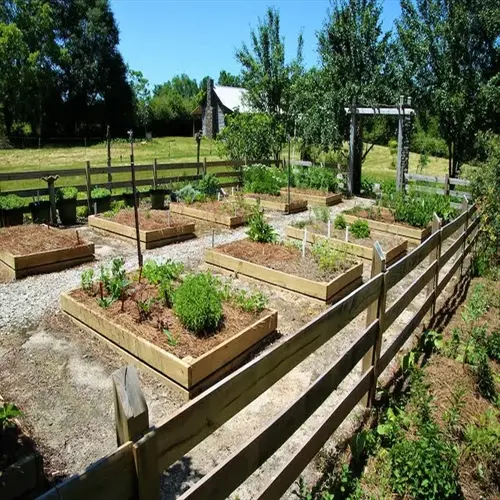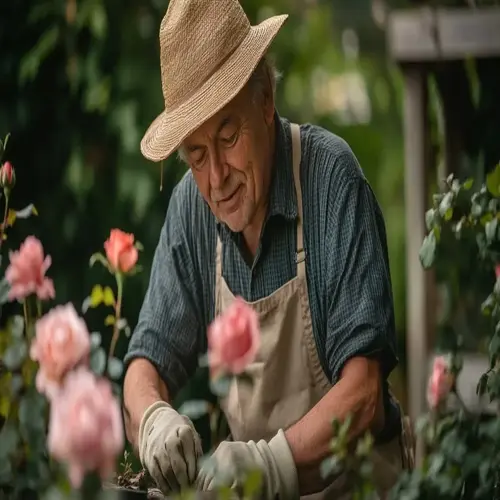What pot size is best for orchids?

Written by
Julia Anderson
Reviewed by
Prof. Samuel Fitzgerald, Ph.D.The proper pot size prevents root rot and maintains orchid health. Large pots hold too much moisture. Too small pots suffocate roots. I have seen both of those situations - a plant suffering from excess moisture and another choking on its roots from lack of space during my time in the greenhouse. Proper pot sizing allows for air movement around the roots and facilitates effective moisture control.
Orchid Size Classification
- Measure leaf span to determine category
- Small: Under 8 inches (20cm) leaf spread
- Medium: 8-14 inches (20-35cm) spread
- Large: Over 14 inches (35cm) span
- Allow vertical growth space above roots
Root Clearance Guidelines
- Leave 0.5 inch (1.25cm) space for small orchids
- Provide 0.75 inch (2cm) clearance for medium plants
- Allow 1 inch (2.5cm) room for large specimens
- Check clearance monthly during active growth phases
The material a product is made of influences its moisture management. Terracotta pots dry the fastest and require more frequent watering. Plastic stays moist longer and is perfect for dry climates. Clear plastic helps with the photosynthetic roots of orchids, such as Phalaenopsis. I do avoid metal altogether due to toxicity concerns.
The need to repot depends on the speed of growth. Fast-growing Cattleyas usually need to be repotted every year, while slow-growing ones should be repotted every 2 or 3 years. I usually inspect the root system every month. Until spring, my Cattleyas are measured to inform me if I need to repot or change their size.
Correct drainage is essential to the health of orchids. You want holes that expose at least 15% of the pot base. I take the pots that are already sold at the store, change them, and make more holes as necessary. This prevents soggy roots, which kill more orchids than underpotting.
Read the full article: When to Repot Orchids: Essential Guide

